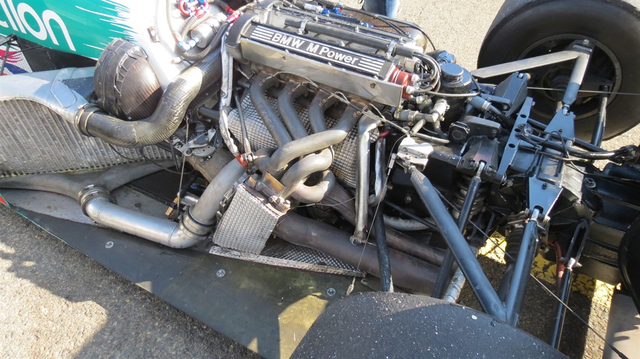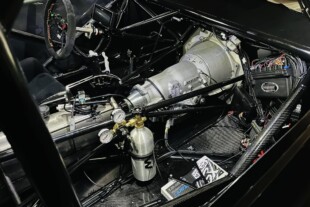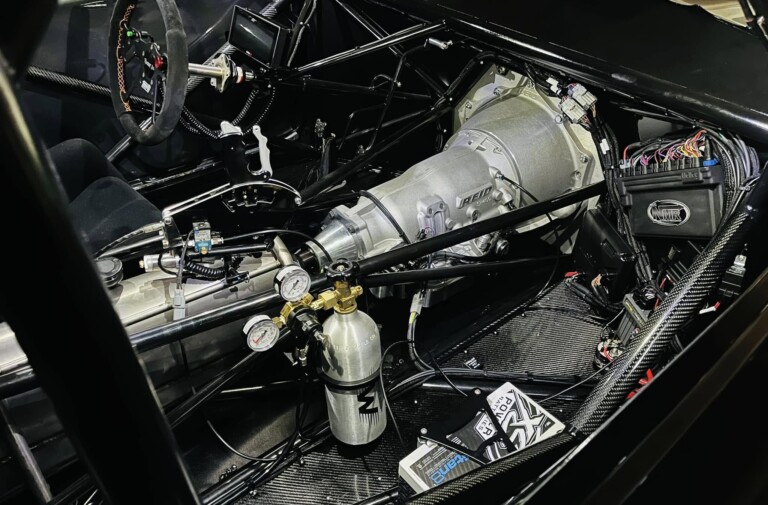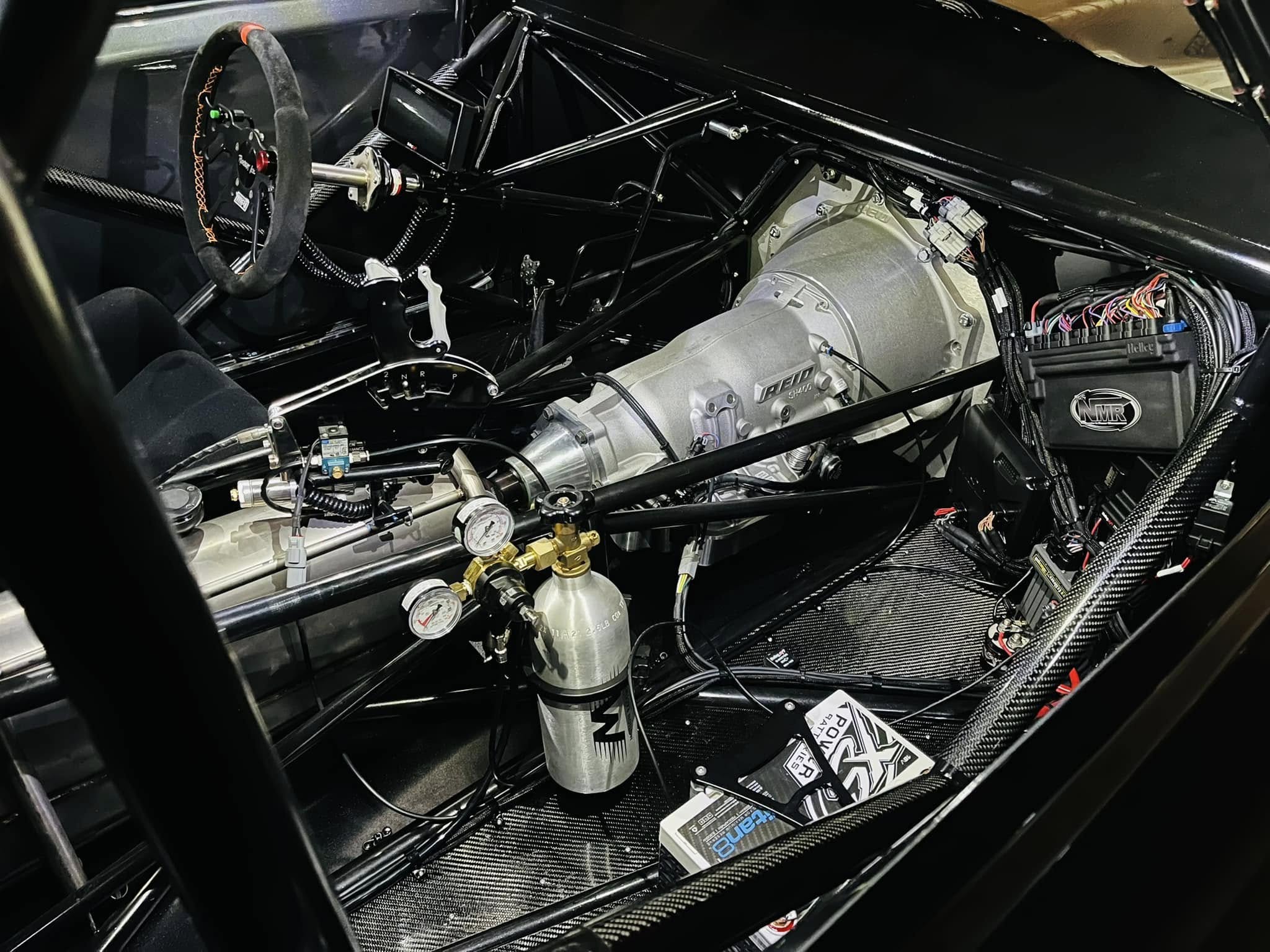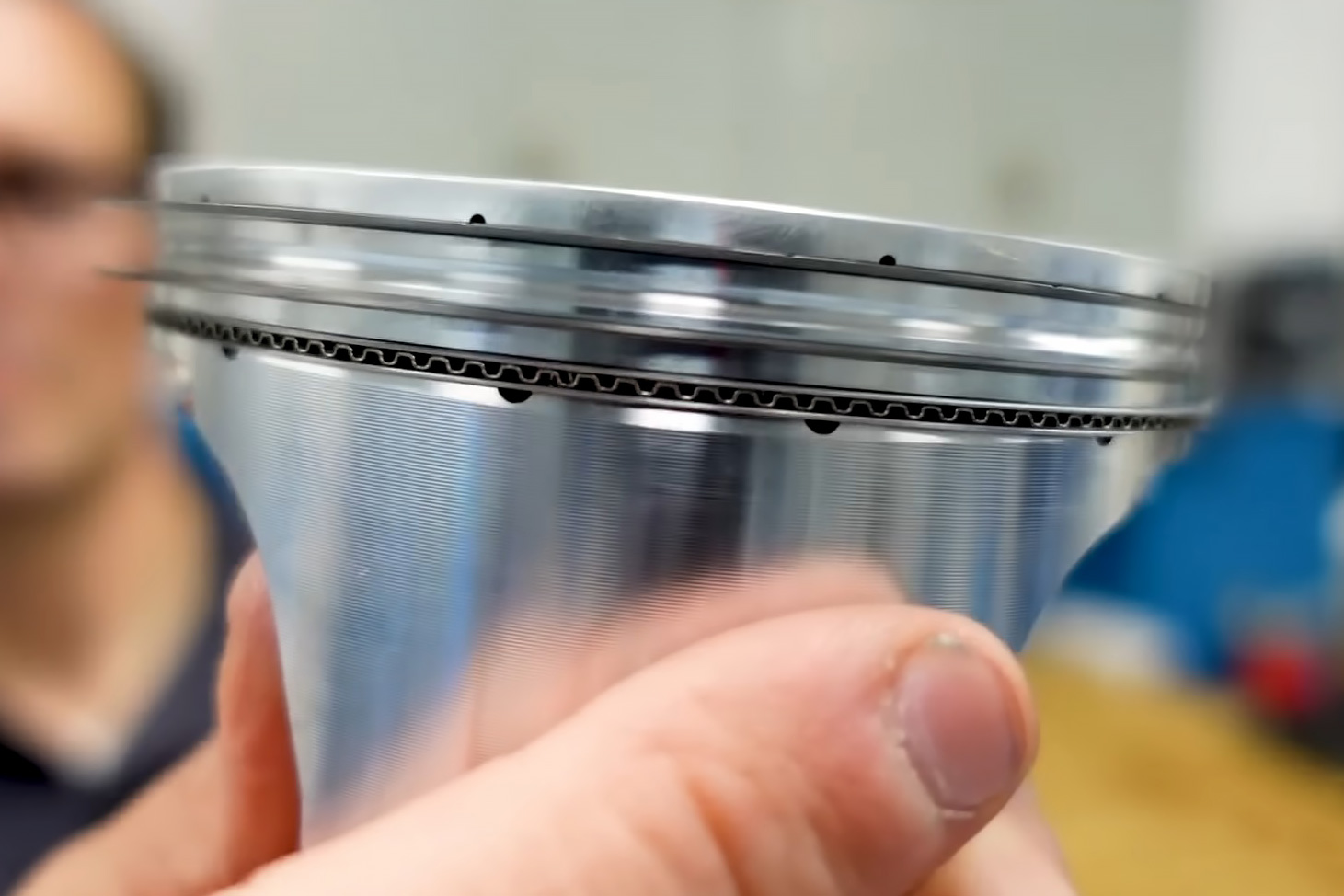It doesn’t take long to recognize the absurdity of the Benetton B186’s powerplant. Squirming in every gear, writhing under the power, and spitting huge flames out of the exhaust denote a special sort of performance that could’ve only been had during an incredibly excessive time. During the mid-eighties, before the turbo era was wrangled by legislation, big manufacturers poured king’s ransoms into engine development, and certain motors could just barely harness unbelievable numbers from only 1.5-liters. One being the incredible BMW M12/M13 — a four-cylinder that still stands as the most powerful F1 engine of all time.

Managing the M10’s ferocious power delivery around the tight streets of Monaco took equal parts bravery and finesse.
Fed by a gigantic single turbocharger, the little four-cylinder occupied a surprising amount of space in the back of the Benetton. This motor was also the most available, allowing for mid-pack teams to compete with the big names like Ferrari and McLaren, which ran their own bespoke motors during the turbo era. While extremely powerful, the engine was always thirsty and unreliable. However, in qualifying trim, it could last the necessary four or five laps.
One of the most striking things to come through in this qualifying lap is the ludicrous power delivery. The M12/M13’s power figures would triple over 6,000 rpm all the way to the 11,500 rpm redline, and even at high speed, the spike in boost spun the tires wildly. Add into the equation a dusty street track like Adelaide, and putting that power to the ground was a huge chore — thankfully, Gerhard Berger’s car control was up to par, to put it lightly. The inevitable wheelspin in almost every gear made this car less effective than some of its rivals on a tight, slippery track like Adelaide, but it put on one hell of a show.



